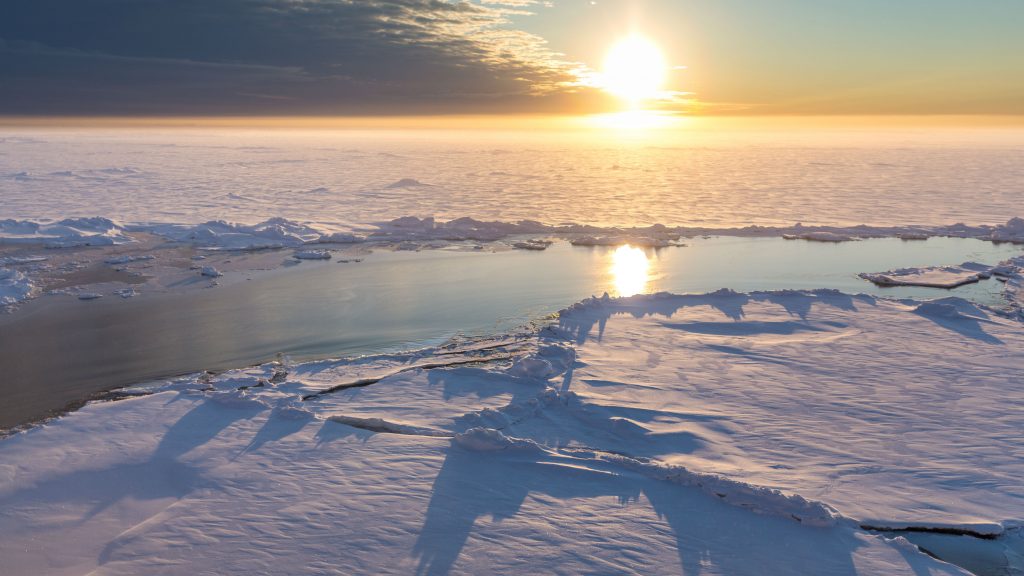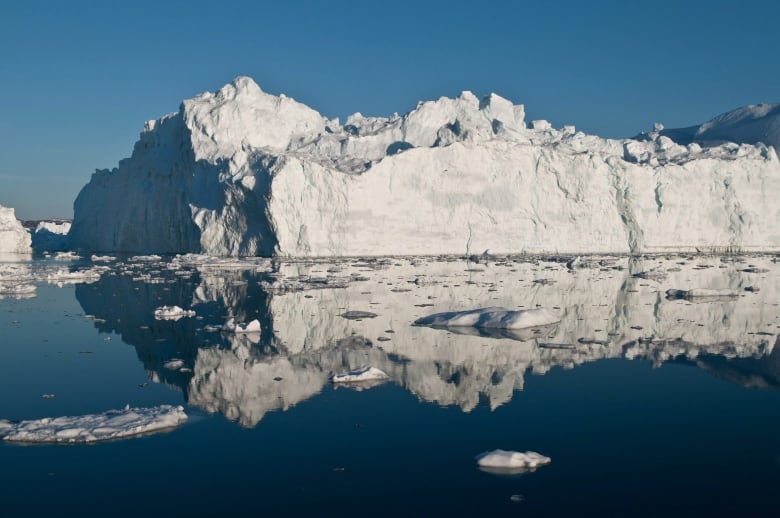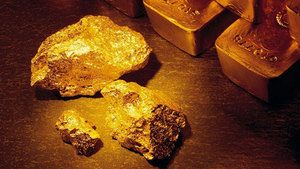Arctic virtual reality helps reduce chronic pain, study says

In recent years, several studies have demonstrated the effectiveness of watching immersive 360° videos using Virtual Reality (VR) technology to reduce chronic pain.
Researchers at Imperial College London used these studies as a basis for a new experiment involving VR. They immersed people in an Arctic environment to see if it could reduce their pain perception and sensitivity.
“The aim of this study was to show VR has the ability to change the pathological processing associated with chronic pain,” said Dr Sam Hughes, from the MSk Lab at Imperial and first author in a news release. “Using this approach does seem to reduce the overall intensity of the ongoing pain as well as the response we get on the skin.”
The small study published in the journal Pain Reports, shows that beyond distracting the patient from his pain, VR technology could also trigger the body’s own inbuilt pain-fighting response.
“One of the key features of chronic pain is you get increased sensitivity to painful stimuli. This means patients’ nerves are constantly ‘firing’ and telling their brain they are in a heightened state of pain,” added Dr Hughes. “Our work suggests that VR may be interfering with processes in the brain, brainstem and spinal cord, which are known to be key parts of our inbuilt pain-fighting systems and are instrumental in regulating the spread of increased sensitivity to pain.”

Recreate chronic pain
To conduct their experiment, researchers artificially created chronic pain on 15 healthy volunteers.
To do so, they applied a topical cream containing capsaicin – the chemical found in chili peppers that makes your mouth burn – on their legs. The cream sensitised the skin, making the area more sensitive to pain from very small electric shock. The sensation was similar to that felt by people with chronic pain, such as back pain, arthritis or nerve pain.
Participants were then asked to rate their pain on a scale of 0 to 100 (from “no sensation” to “worst pain imaginable”) while watching a still image of an Arctic scene on a monitor and then watching this National Geographic Arctic exploration video through a VR headset.
Researchers found that the immersion in scenes of icebergs, frigid oceans and sprawling icescapes reduced ongoing pain as well as sensitivity to painful stimuli on the skin.
However, these results did not apply to still images of polar environments, highlighting the effects of Virtual Reality.
Additional studies required
Aware of the limitations imposed by the small number of participants not suffering from chronic pain, the team plans to conduct new experiments.
They want to “further investigate the pathways involved in the VR dampening effect, including whether a dosing regimen would work – such as 30 minutes, four times a day – and if the effects would be cumulative or remain temporary”, says the news release.
Based on the results of this experiment, Dr. Hughes hopes that VR will help treat patients with chronic pain in the future.
“There are still many things to figure out, but one exciting aspect of our study is that the VR design we used is completely passive – meaning patients don’t need to use their arms. Potentially, it could mean that patients who are bed-bound or can’t move their limbs, but with chronic pain, could still benefit from this approach.”
Related stories from around the North:
Canada: Glacier-fed rivers in Arctic Canada sucking carbon dioxide out of the air: study, CBC News
Finland: Finland’s lingonberries can fight obesity, study says, Yle News
Greenland: What Arctic ice can tell us about plagues, climate and conflict in the Middle Ages, CBC News
United States: Super salty water in northern Alaska helping scientists learn about conditions for life in space, CBC News




good